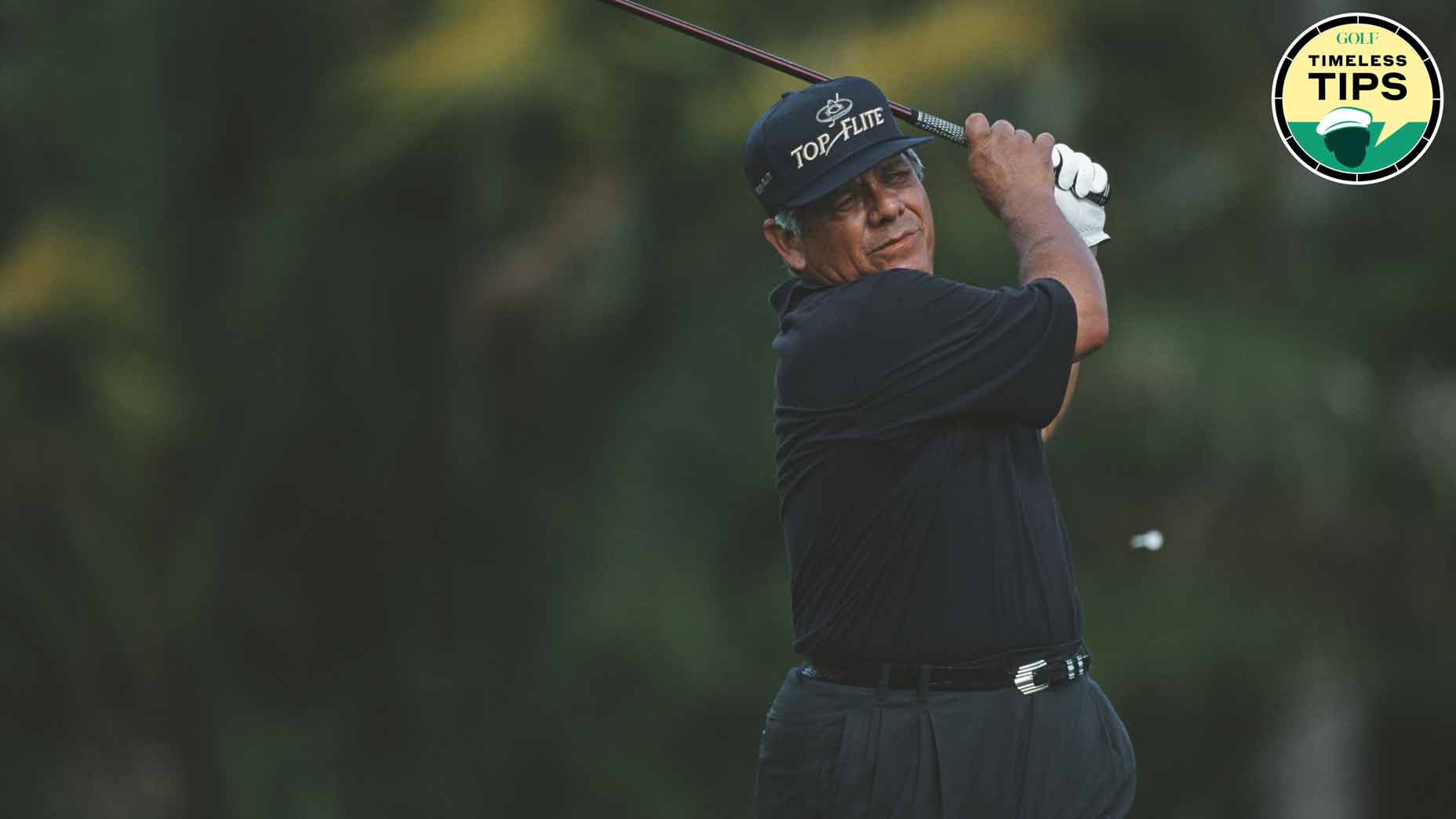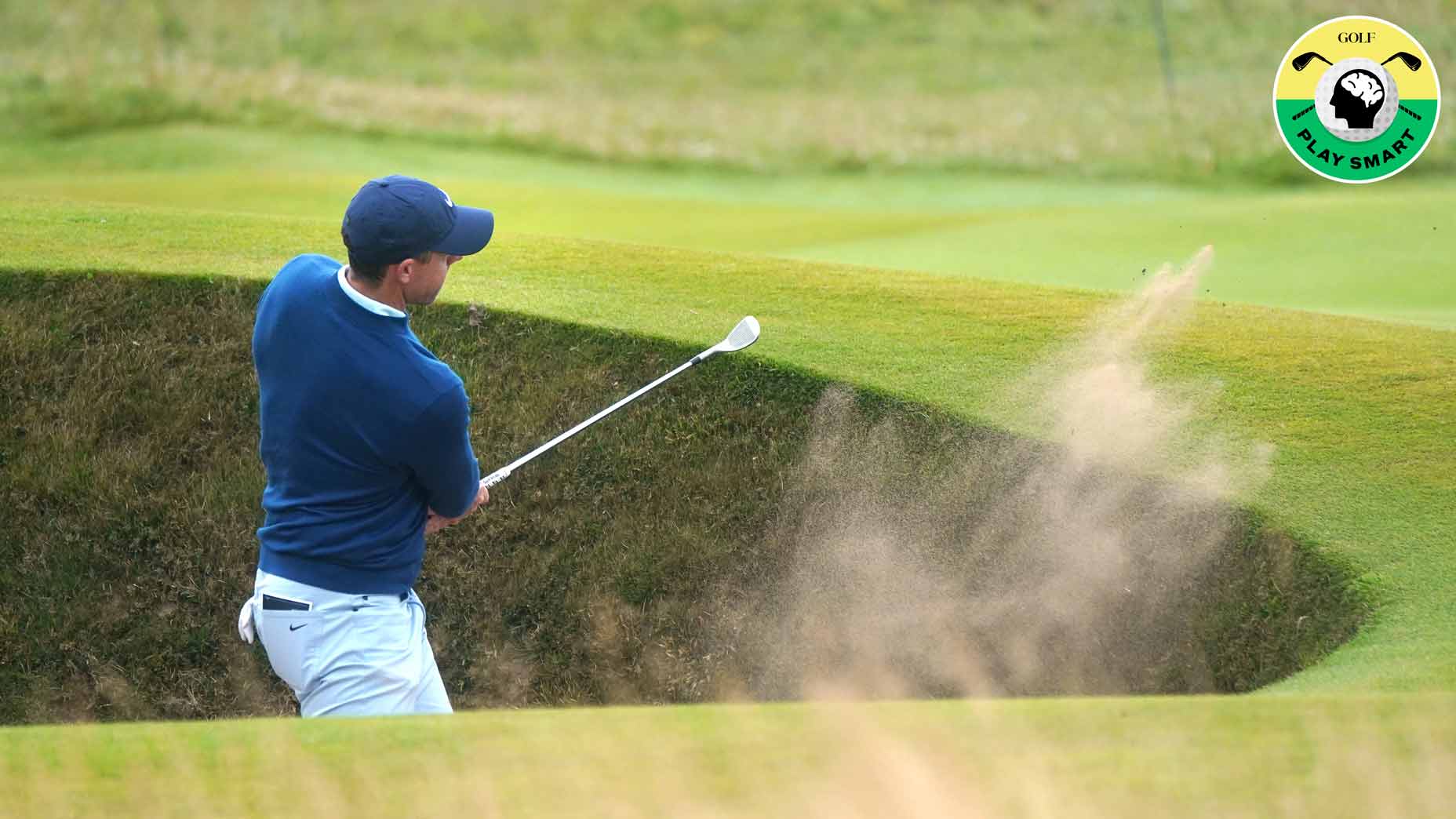The secret to hitting a push draw, according to a World No. 1

Lilia Vu's go-to shot shape is a push draw.
Getty Images
Welcome to Play Smart, a regular GOLF.com game-improvement column that will help you play smarter, better golf.
There’s no ball flight that recreational golfers aspire to more than a high draw. A ball that starts a bit to the right and gently turns back left just has that look. There’s just something about it that makes you smile.
It’s the ball flight that Rory McIlroy has become known for, and one that’s won plenty of tournaments for the likes of Patrick Reed and Kenny Perry. It’s not always the easiest ball flight to control, but when you can groove it, it sure is effective.
Unlike a ball that moves left to right, a draw is not so easy to hit. Most recreational players have a tendency to come over the top, so getting that in-to-out swing path can be a challenge. And in chasing that controlled ball flight, sometimes you can develop a nasty hook. As Lee Trevino famously said, “You can talk to a fade, but a hook won’t listen.”
But even though the push draw can be tough to learn, it’s a weapon if you can master it.
Lilia Vu’s keys for a draw
One pro who’s risen to prominence in recent years is world No. 1 Lilia Vu — and she’s done so with a push draw as her preferred shot shape.
“I can’t fade for my life,” Vu says.
That lack of a fade in her arsenal hasn’t caused too many issues for the top-ranked player in the world, though. Last season, she won four times, including two majors, as she rocketed to the top of the golf world. And it all happened thanks to her lethal push draw.
So, what are the secrets to hitting Vu’s patented push draw? It all starts with getting the club moving in to out during the downswing.
“I’m feeling more under the arc,” Vu says. “I’m very left-side dominant. I just think about the left arm and shoulder the whole time. I don’t think about my right arm. Sometimes I think about my right arm, but that’s when it gets all wonky.”
With a focus on that left side, Vu feels like her left shoulder is against a wall at the top of the backswing. Then, when she makes her move in transition, she tries to feel like she keeps her shoulder behind the wall during the downswing.
“I have to stay behind it,” Vu says. “Instead of kind of twisting out of it.”
With this feeling, Vu doesn’t allow herself to spin out too early, which can cause an over-the-top move. And when she stays behind the imaginary wall until impact, it helps her keep the clubhead moving from the inside, producing that nice push draw.
“But that’s as technical as I’ll get,” Vu says.
Hey, whatever works.










